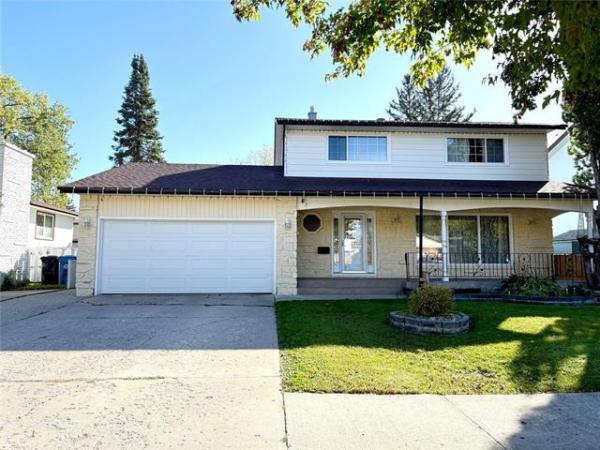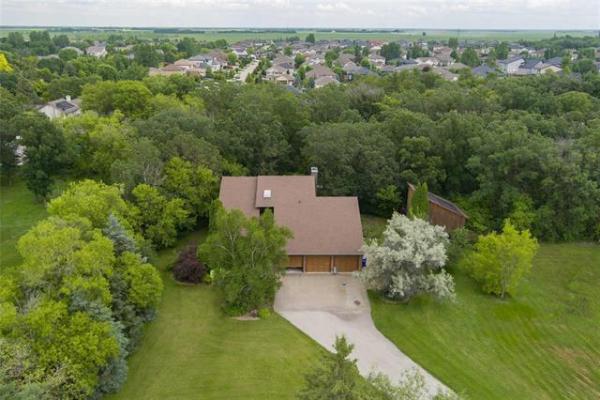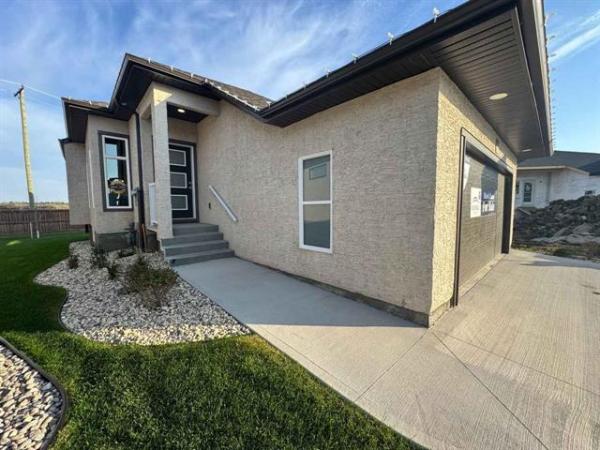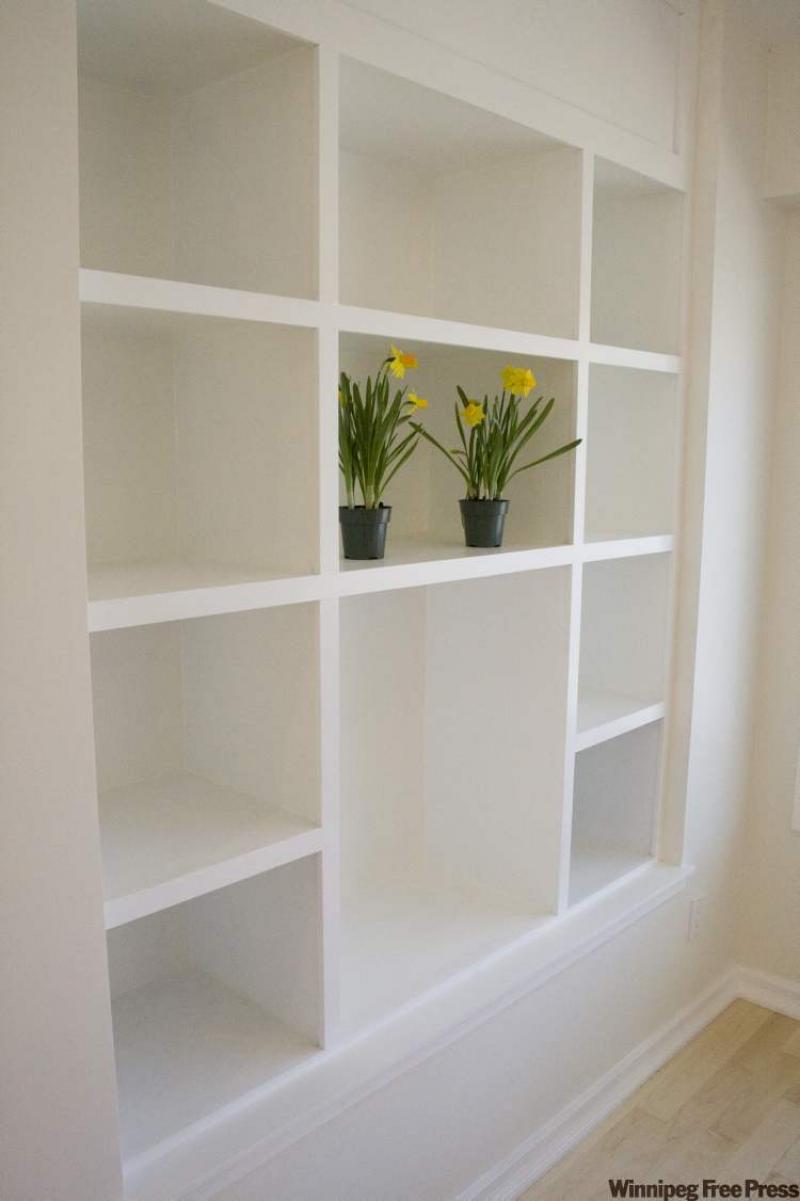
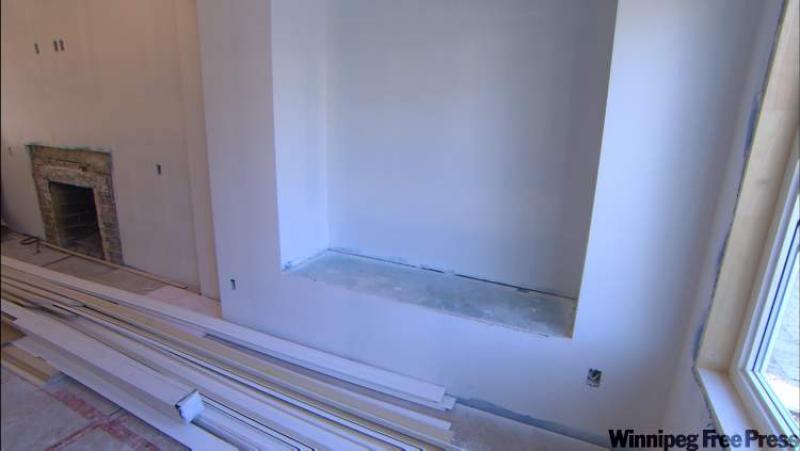
If you've got a storage problem and nowhere to store all your electronics and toys, a built-in unit will solve the problem. Built-in entertainment units, bookshelves and window seats provide permanent, efficient storage, so rooms look neat and often larger, with clutter out of sight. They can increase the value of your property, if planned properly.
But I often see homeowners spend a lot of money on custom built-in units that just aren't practical for their needs. They are too big, or too small, or they've been built without careful consideration of what they need to store.
Before calling the contractor, you need to decide what you want to hide. Is it a huge collection of books, video games or DVDs? Is it a season's worth of clothing? Figure out how much space you need for the largest items, and a contractor can help with the rest.
Think about where and when your items will be used and how often you'll need to get to them. Seasonal decorations and out-of-season clothing don't have to be as accessible as frequently used books, media and electronic components, for example. The idea is to make your life neater and easier, rather than just tucking things away where they may be hard to get at. If, in the end, the built-in is just a fancy-looking closet on the outside, but a disorganized mess on the inside, you aren't going to get much benefit from it.
Take a look around your home and figure out where you think built-in storage would work. You might already have some ideas, but a good contractor will also look for wasted space behind walls, in bulkheads or knee walls that can be put to good use. Don't dismiss oddly shaped spaces. Your contractor can tell you whether it's possible to turn that small cubbyhole into useful storage for something like a home safe.
Do you have a fireplace with short stretches of wall on either side? This could be a great place for a combination entertainment unit and bookshelf that makes the most of the space. Remember that your contractor can custom-fit your TV and stereo into the units.
The same idea can work for a dormer window between sloping ceilings. This could be the perfect spot for a built-in cushioned window bench with lift-up storage. A desk can be built into a similar space with shelves on either side. That will give you an office area in a spot that was originally unused.
Will you need doors on your entertainment unit or bookshelves? Doors will cut down on dusting and can be made of either glass or the same material as the built-in. Keep in mind glass doors on units near the floor can be more dangerous for small children. If you have a clear idea of what you need, tell your contractor and he can work with you. He will appreciate the feedback.
When you and your contractor have decided what built-ins to construct, where they will go and ideal dimensions, don't forget lighting. Is it needed? If so, where? Wiring is much easier, and cheaper, to install during the building stage than to add in post-construction. This is where a contractor can be worth his weight in gold. Is it better to install electrical outlets in the shelves so lamps can be used or media devices plugged in? Your contractor will know where electrical access is easiest and can advise on this.
It may be worth it to run wires to the bookshelves if there's even a possibility that lighting may be required later. Or have the contractor and electrician put in an electrical box in the ceiling in front of the bookshelf for spotlighting. A dimmer for mood lighting will be well worth the planning, for either in-shelf spotlighting or track lighting on the ceiling.
Built-ins can be made from solid wood, veneered plywood or medium-density fibreboard (MDF). What you decide depends on your budget and the overall design. Hardwood is the most expensive and is used for cabinetry because of its beauty, strength and stability. Kiln-dried lumber is the most resistant over time to shrinking or warping. Poplar is less expensive and takes paint well.
Don't forget finishing touches, such as crown moulding across the top of a bookcase, as well as baseboard around the bottom, to give the built-in an established look. This can increase a home's value, and a good contractor can integrate new additions with the existing room to create a truly custom look associated with expensive homes.
Well-designed built-in components are practical and can add style and character. The key is good communication of your needs to your contractor so you get what you ask for -- and what you really need.
-- Postmedia News
Catch Mike in his new series, Holmes Inspection, airing Thursdays at 8 ET/PT on HGTV. For more information, visit www.hgtv.ca. For more information on home renovations, visit makeitright.ca

